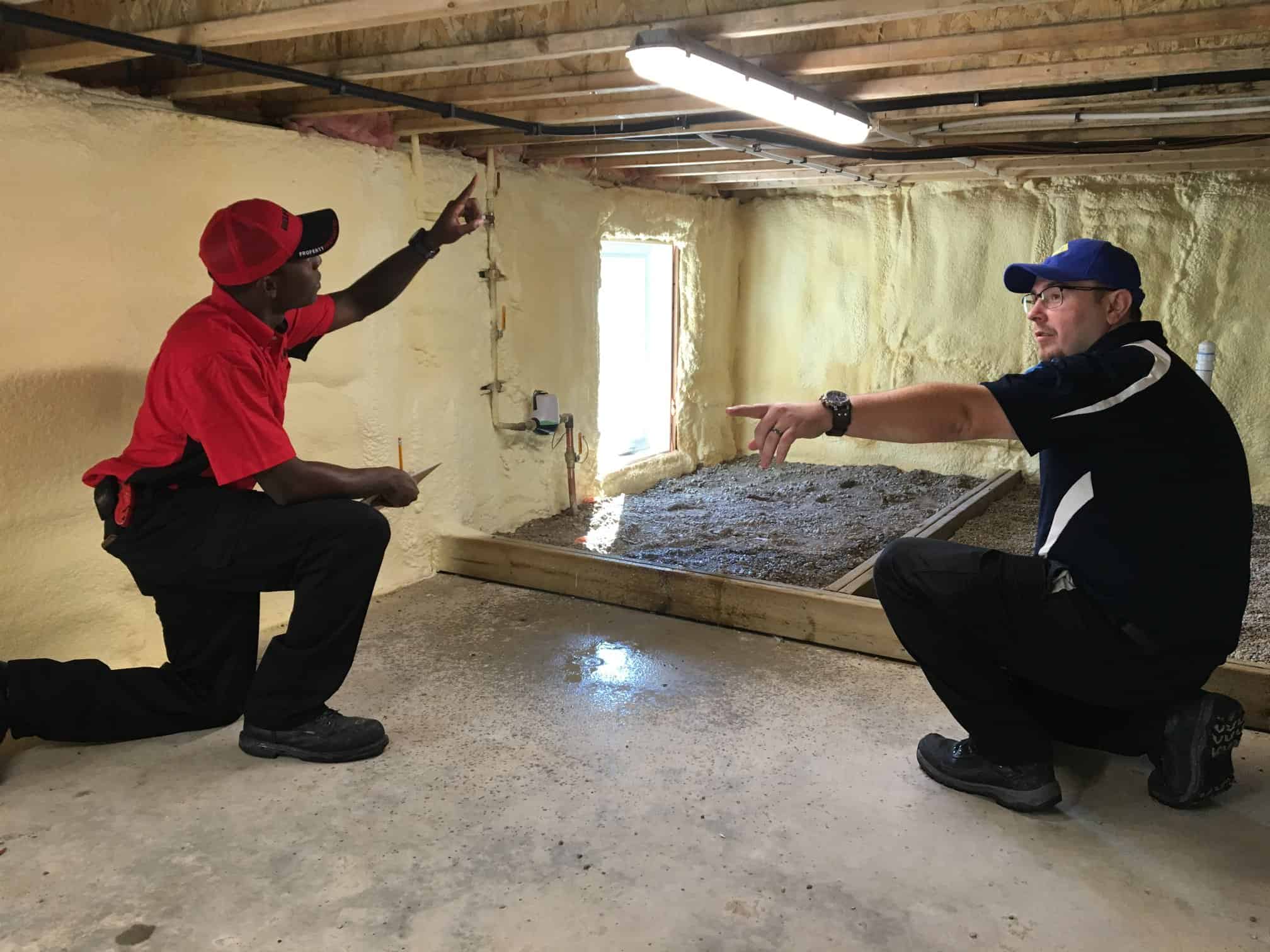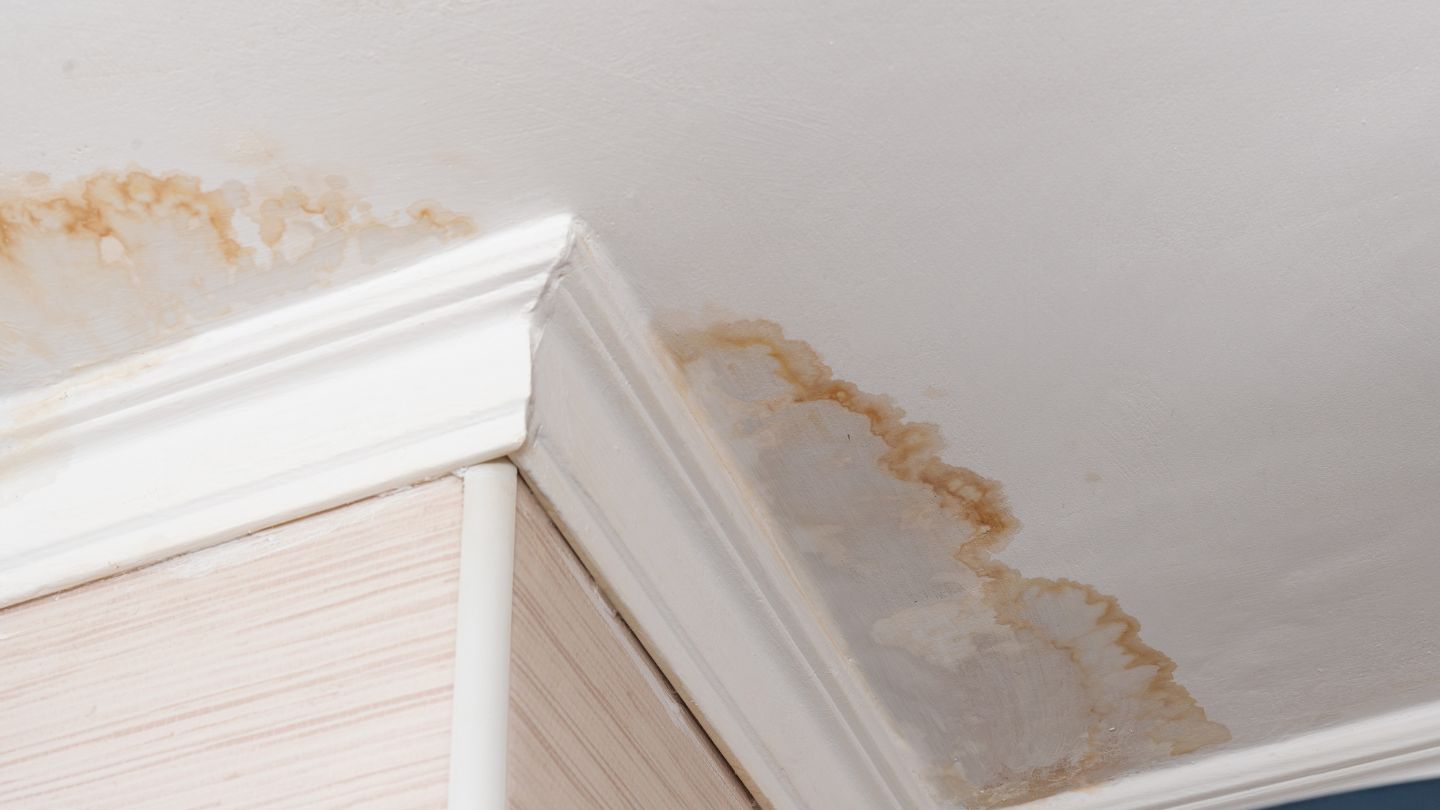Water Mitigation Company with Proven Track Record of Success in Restoration
Water Mitigation Company with Proven Track Record of Success in Restoration
Blog Article
The Refine of Water Damages Cleaning: Guaranteeing Your Home Is Restored Successfully
Water damages can be a challenging challenge for property owners, demanding a structured and precise cleaning process to recover safety and security and performance. damage restoration services. Following this, efficient water removal strategies play an essential function in alleviating further injury.
Assessing the Damages
Upon discovering water damage, the initial step is to completely analyze the degree of the effect. This preliminary analysis is critical, as it aids determine the needed actions for efficient cleanup and remediation. Begin by inspecting the impacted areas, consisting of walls, ceilings, floors, and individual valuables, to recognize the resource of the water intrusion, whether from flooding, leaks, or condensation.
Recording the damages is crucial for both insurance cases and planning restoration efforts - damage restoration services. Use photos and created notes to capture the seriousness of the damage, noting any kind of affected structural aspects and materials. Pay unique focus to locations that might not be promptly noticeable, such as behind walls and under rugs, as concealed moisture can result in further difficulties, consisting of mold growth
Furthermore, examine the timeline of the water direct exposure. The longer the products remain damp, the higher the potential for damage. Comprehending the period of direct exposure will educate the necessity of remediation initiatives. Inevitably, a thorough analysis lays the foundation for a successful water damage cleanup procedure, making sure that all influenced locations are attended to properly and thoroughly.
Water Removal Strategies

Experts typically utilize submersible pumps for bigger quantities of water, which can promptly minimize flooding in cellars or other impacted locations. For smaller sized quantities, wet/dry vacuum cleaners are frequently utilized to extract residual dampness from carpetings and difficult surfaces. Additionally, using portable extractors permits targeted removal in confined spaces or locations with delicate materials.
In circumstances of infected water, such as sewer or floodwater, advanced removal methods may involve the use of biohazard equipment to guarantee security and conformity with health and wellness policies. High-powered removal tools are essential in lessening water retention in architectural materials, which can cause mold and mildew development and architectural damage otherwise resolved promptly.
Ultimately, the performance of water removal strategies plays a critical role in the overall success of the water damages clean-up process, preparing for succeeding repair efforts.
Drying and Dehumidification
When standing water has been successfully extracted, the next vital stage in the water damage cleaning process is drying and dehumidification. This step is important to protect against more damages and mold and mildew growth, which can happen within 24 to 48 hours in damp settings.
To achieve efficient drying out, specialized devices such as industrial-grade air movers and dehumidifiers is employed. Air moving companies distribute air throughout damp surfaces, boosting evaporation rates, while dehumidifiers minimize humidity degrees in the air, advertising a favorable atmosphere for drying out. The mix of these devices makes certain that dampness is drawn out from furnishings, floorings, and walls, allowing them to dry thoroughly.
It is necessary to check the drying procedure very closely. Professionals frequently utilize dampness meters to assess the moisture content in different products, making certain that all affected locations reach appropriate dry skin degrees. This meticulous technique aids to prevent covert wetness pockets that might result in architectural damages or unhealthy mold and mildew development.

Cleaning and Sanitizing
After the drying and dehumidification stage is total, the next important action in water damage cleaning is cleansing and disinfecting the affected locations. This procedure is vital to avoid the development of mold and mildew, germs, and other microorganisms that flourish in wet environments.
The cleansing phase usually entails getting rid of any kind of particles, dust, and pollutants from surfaces utilizing specialized cleansing representatives. For hard surface areas, a mix of soap and water or industrial cleaning items is often utilized. Soft products, such as furniture and carpetings, might need a lot more considerable cleansing methods, consisting of steam cleansing or deep extraction methods, to ensure comprehensive hygiene.

Sterilizing adheres to cleaning, making use of EPA-approved disinfectants to eliminate hazardous microbes. This step is crucial, particularly in locations that might have entered into contact with floodwaters or sewage, as these sources can position major health and wellness risks.
Furthermore, it is essential to attend to any type of staying smells, which might call for the use of odor neutralizers or sophisticated techniques like ozone treatment. Correct cleansing and sterilizing not just recover the security and health of your home but likewise lay the foundation for effective remediation and repair services in succeeding stages of the water damages cleaning process.
Repair and Repair Work

When the evaluation is complete, remediation initiatives can start. Furthermore, floor covering may call for similar interest, depending on the degree of water exposure.
It is important to engage skilled restoration experts throughout this procedure, as they have the experience to handle intricate repairs successfully. They can assist reduce prospective future issues, such as mold and mildew growth or structural instability, thus guaranteeing a habitable and secure living setting. Eventually, efficient repair and repairs recover the home's stability and improve its overall value.
Conclusion
To conclude, the procedure of water damage cleaning is essential for recovering a home to its pre-damage condition. Each phase, from analyzing the damage to applying reliable water extraction methods, followed by thorough drying out, sterilizing, and essential repair services, plays a crucial role in ensuring safety and security and conformity with structure requirements. Efficient implementation of these steps not only reduces immediate damage yet likewise enhances the long-lasting stability and worth of the home.
Water damages can be a difficult challenge for house owners, necessitating a careful and organized cleanup process to restore safety and capability. Ultimately, a detailed assessment lays the groundwork for a successful water damage cleanup process, ensuring that all affected areas are resolved effectively and extensively.
Effective water extraction strategies are essential in minimizing damage and preventing more complications complying with a water intrusion event.In final thought, the procedure emergency water damage restoration of water damages clean-up is vital for restoring a home to its pre-damage problem. Each stage, from examining the damage to executing efficient water removal strategies, complied with by extensive drying, sterilizing, and required repair work, plays a vital role in making certain security and compliance with building standards.
Report this page